The pain at the base of the left ring finger may be related to factors such as tenosynovitis, arthritis, nerve compression, trauma or strain, gout, etc. Tenosynovitis is often caused by excessive finger movement leading to friction between tendons and tendon sheaths, resulting in inflammation; Arthritis is common in patients with rheumatoid arthritis or osteoarthritis; Neural compression may be associated with carpal tunnel syndrome; Trauma or strain are often caused by external impact or repeated actions; Gout is caused by the deposition of uric acid crystals in the joints, leading to redness, swelling, heat, and pain.
1. Tenosynovitis
Tenosynovitis is a common cause of pain at the base of the fingers, often due to excessive friction between the tendon and the tendon sheath caused by long-term repetitive grasping, typing, and other movements. The patient presents with local tenderness, a clicking sensation during movement, and in severe cases, finger jamming may occur. Traditional Chinese medicine believes that it belongs to the category of muscle injuries and can be relieved by moxibustion or external application of traditional Chinese medicine, such as using safflower oil for local massage. Reduce frequent finger flexion and extension movements in daily life, and if necessary, wear protective gear for fixation.
2. Arthritis
Rheumatoid arthritis or osteoarthritis can both involve the small joints of the fingers. Rheumatoid arthritis often presents as symmetrical morning stiffness, accompanied by spindle shaped swelling of the joints; Osteoarthritis is common in middle-aged and elderly people, with narrow joint spaces visible on X-rays. Traditional Chinese medicine classifies rheumatism as a syndrome of obstruction, and recommends anti rheumatic drugs such as tripterygium wilfordii Hook. f. polysaccharide tablets and Paeonia lactiflora total glycosides capsules, combined with modified Qianghuo Shengshi Tang. During the acute phase, cold compress can be used to reduce swelling, while during the chronic phase, it is recommended to exercise with Baduanjin to improve joint mobility.
Third, nerve compression
carpal tunnel syndrome may compress the median nerve branch, leading to radiating pain in the ring finger. It is commonly seen in long-term mouse use, pregnant women or patients with diabetes, and has obvious numbness at night. Traditional Chinese medicine belongs to the category of meridian obstruction. Acupuncture can be applied to acupoints such as Neiguan and Daling, and combined with methylcobalamin tablets to nourish the nerves. Wrist joint stretching exercises can be done in daily life to avoid prolonged wrist flexion posture. Severe cases may require consideration of wrist transverse ligament release surgery.
Fourth, trauma or strain
Repetitive actions such as finger impact injury, sprain, or long-term instrument playing can cause ligament damage around the finger joint. The acute phase is characterized by local bruising and tenderness, while chronic strain is often accompanied by dull pain and limited mobility. Traditional Chinese medicine treatment should promote blood circulation and remove blood stasis. In the early stage, Yunnan Baiyao aerosol should be applied externally, and in the later stage, Guizhi decoction should be used to reduce temperature and unblock meridians. During the recovery period, it is recommended to wear finger cots for protection and avoid lifting heavy objects.
V. Gout
Sodium urate crystals deposit in the metacarpophalangeal joints, causing severe pain, commonly seen in people who drink excessively or have a high purine diet. When the attack occurs, the joints become red, swollen, and hot, and blood uric acid testing can confirm the diagnosis. Traditional Chinese medicine belongs to damp heat syndrome. In the acute phase, Si Miao San is modified to clear heat and remove dampness, and combined with colchicine tablets to control inflammation. Strictly limit the intake of animal organs and seafood in daily life, and drink no less than 2000 milliliters of water per day to promote uric acid excretion. When there is persistent pain at the base of the ring finger, it is recommended to record the time of onset, cause, and accompanying symptoms of the pain. The diet should be light, supplemented with moderate amounts of vitamin B to nourish the nerves, and avoid aggravating qi and blood stagnation with raw and cold foods. Soak your fingers in boiled water with mugwort leaves daily to promote blood circulation, and gently massage acupoints such as Yangchi and Hegu. If the pain persists for more than two weeks, or is accompanied by symptoms such as joint deformity and fever, it is necessary to promptly seek medical attention from the rheumatology and immunology department or orthopedic department to investigate systemic lesions.

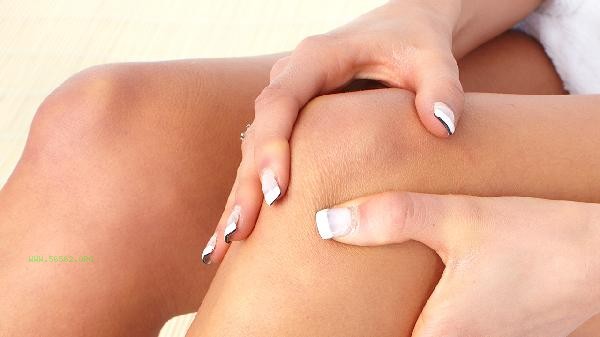
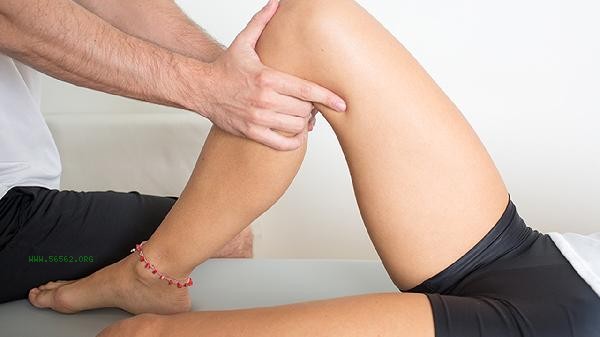
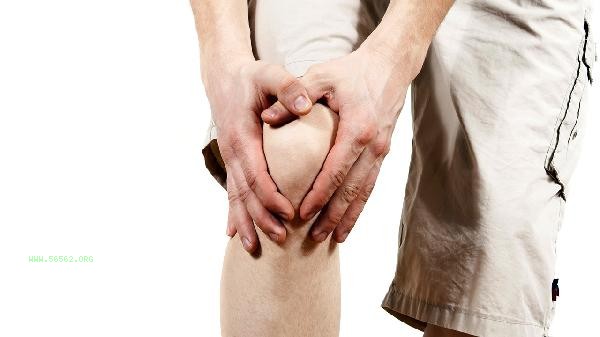
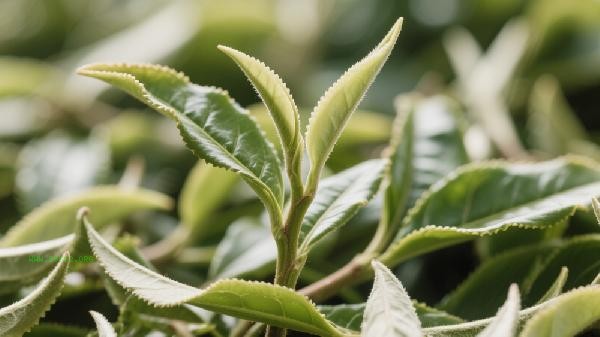
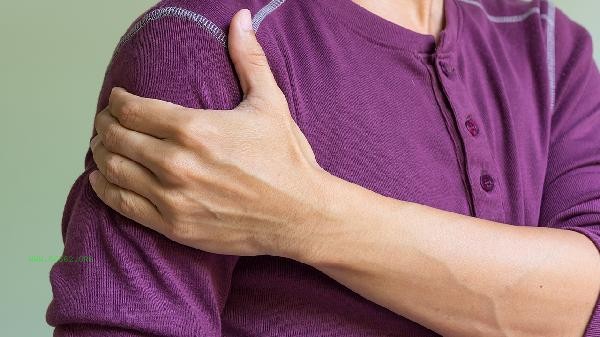


Comments (0)
Leave a Comment
No comments yet
Be the first to share your thoughts!